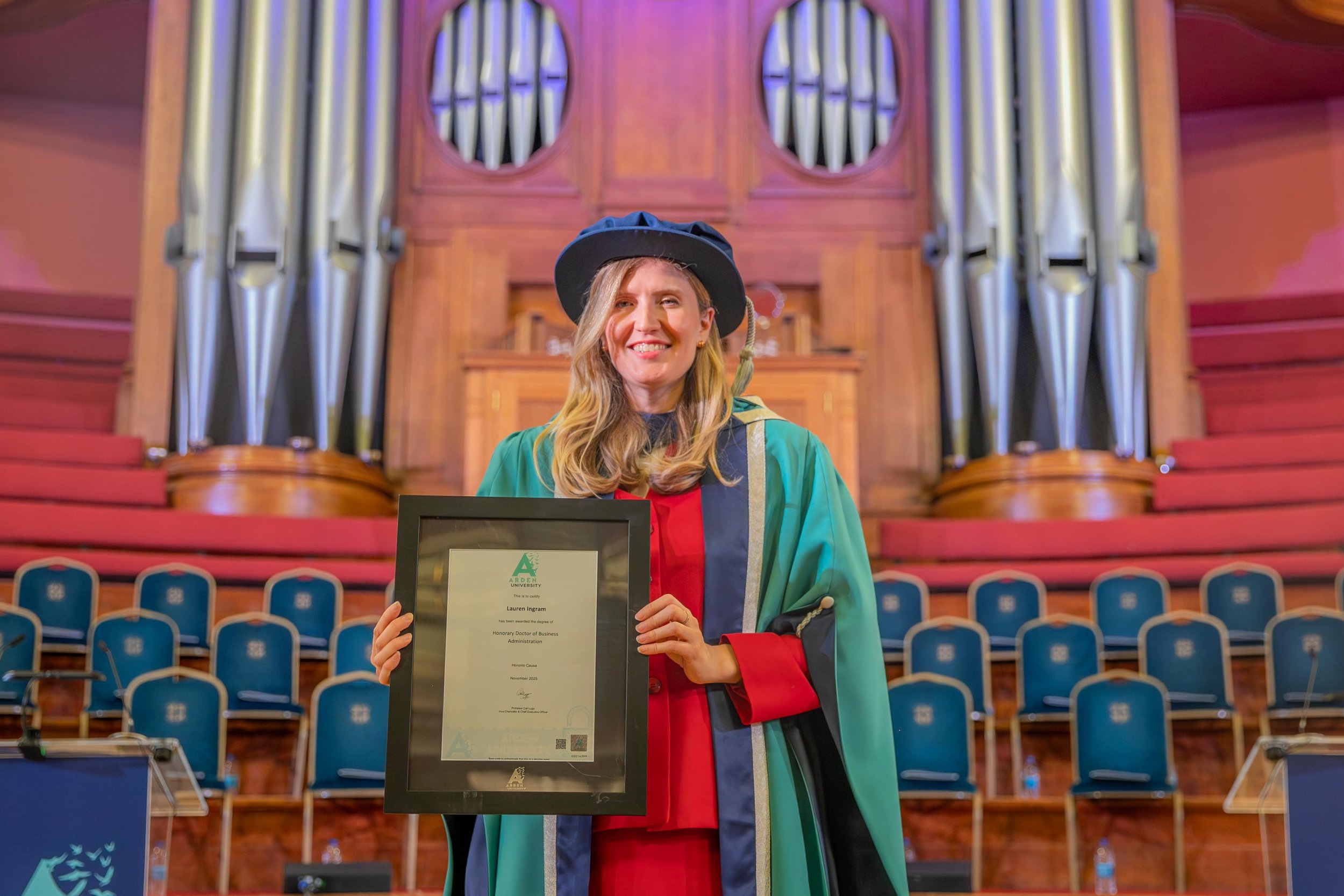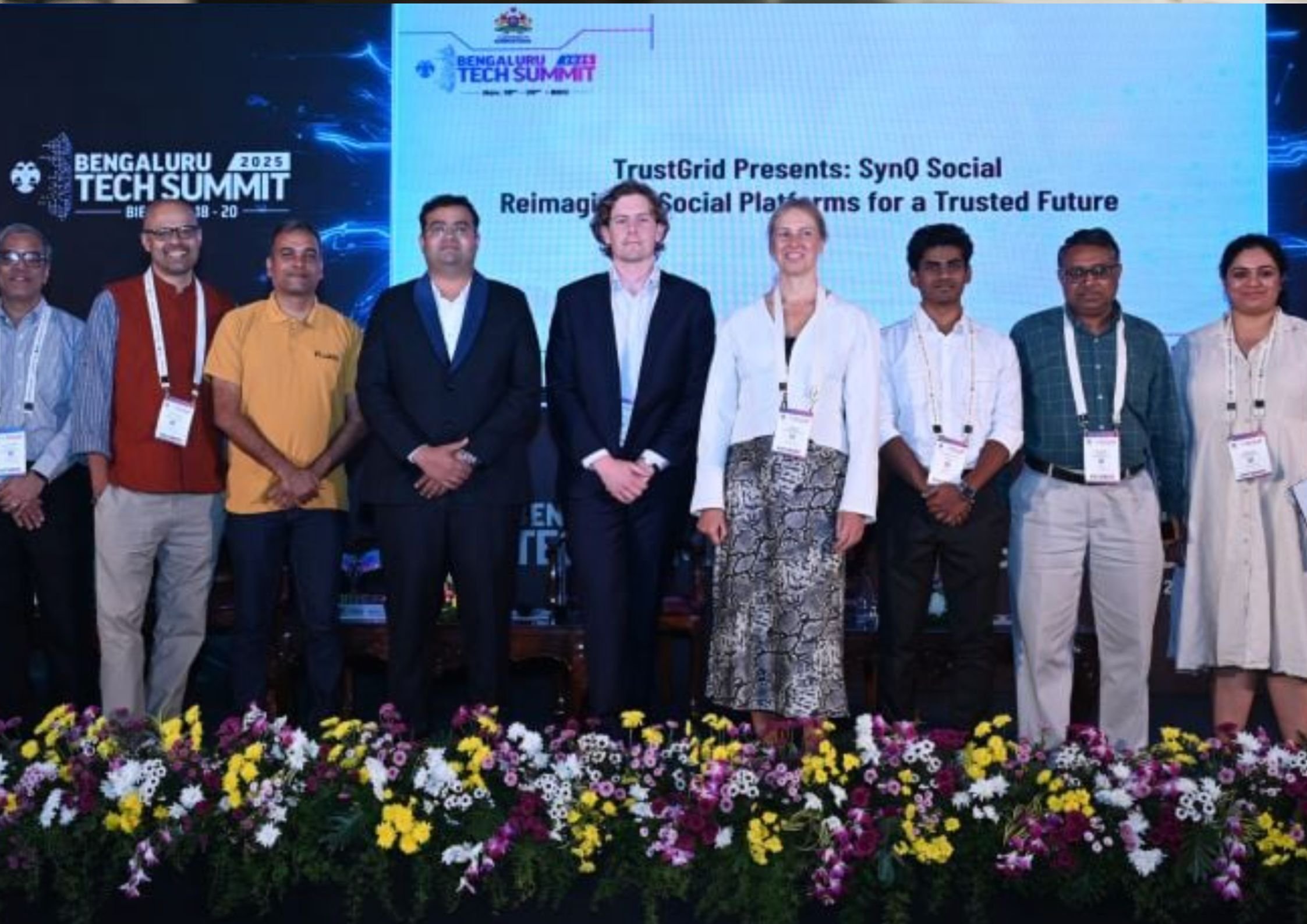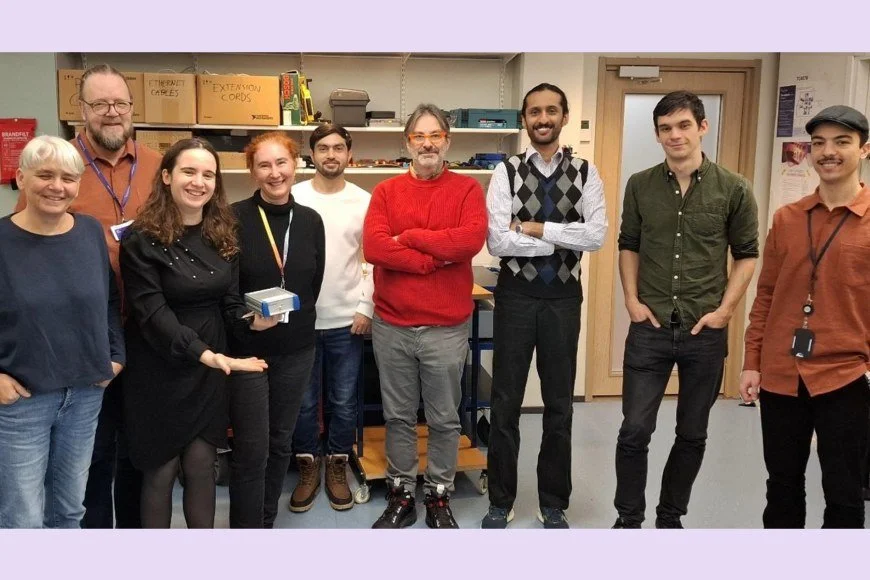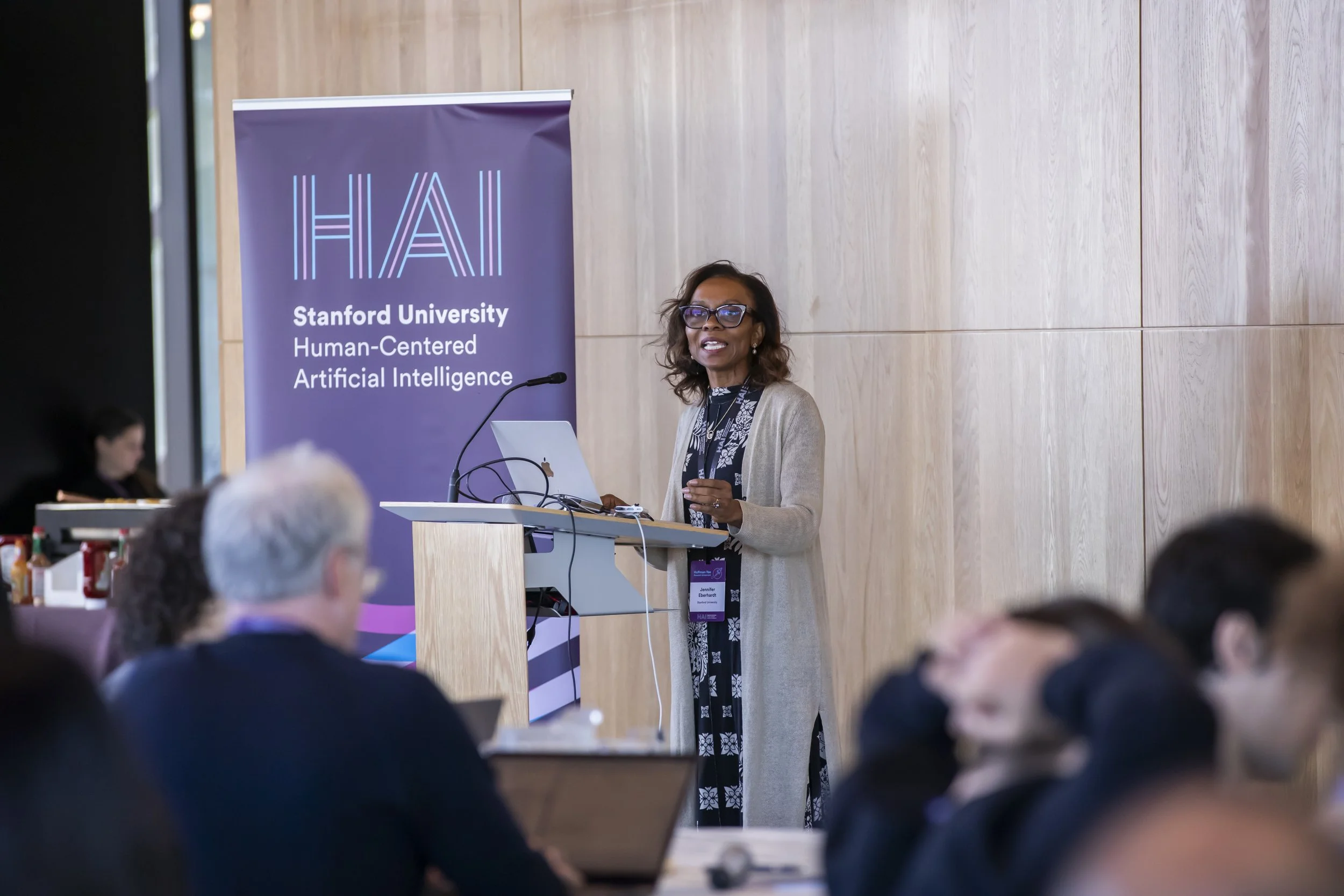University of Huddersfield’s Institute of Railway Research partnership ensures safety research is deployed quickly
A partnership between the University of Huddersfield’s Institute of Railway Research (IRR) and the Rail Safety and Standards Board (RSSB) is ensuring that new research is deployed quickly to benefit the industry.

The partnership recently researched the issue of overspeeding and freight wagon defects across the UK’s rail network.
While incidents of trains traveling above permitted speeds are rare, they do pose a risk to safety. The IRR used train movement data from signalling systems to develop a system for detecting overspeeding across the network.
The team were able to demonstrate that this data can be used to identify where train speeds exceed designed line-speed limits for signalling berths where train speed was consistent.
RSSB is now working with the industry Overspeed Working Group and Network Rail about the possibility of creating an online demonstration of an automated overspeed detection system, which could become part of the the Red Aspect Approaches to Signals toolkit.
IRR researchers also considered the possibility of using Wheel Impact Load Detectors (WILD) data to identify flat spots and damage on wheels to detect and monitor offset loads or suspension faults on wagons.
They were able to identify positive correlation for vehicle bogie frame twist and spring condition, allowing faulty wagons to be removed from service for maintenance.
The tool is still currently in development and will provide operators with an overview of their fleet.
IRR Associate Director and Strategic Partnership lead Dr Julian Stow comments: “These projects demonstrate how our research can directly improve rail industry safety. Having a long-term partnership with RSSB is critical to supporting the journey to implementation and ensures our work has real impact.”
Luisa Moisio, RSSB’s Director of Research, adds: “For over a decade, RSSB’s Strategic Partnership with the University of Huddersfield has exemplified the power of collaboration between industry and academia—transforming pioneering research into practical, widely used tools that enhance the safety and efficiency of the rail network.”























